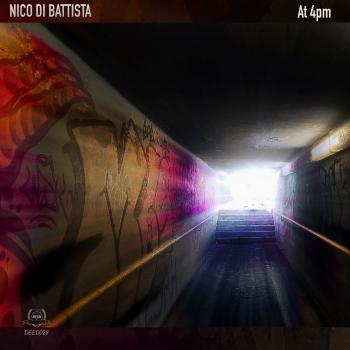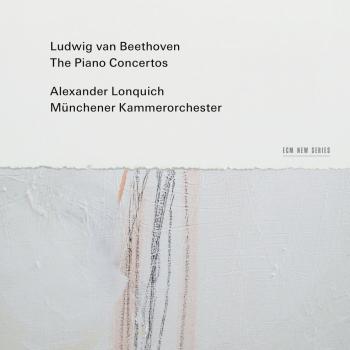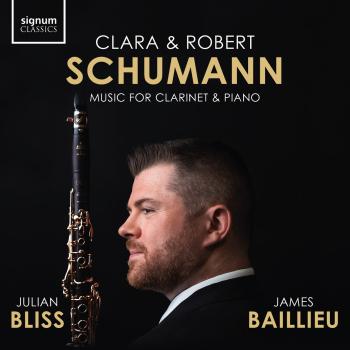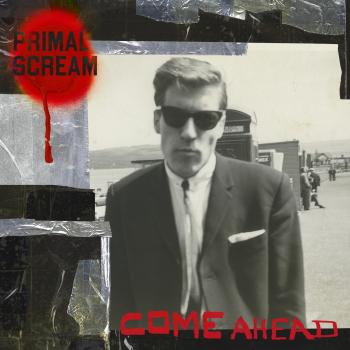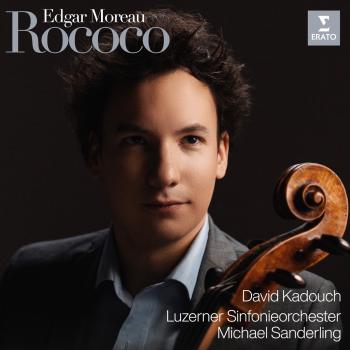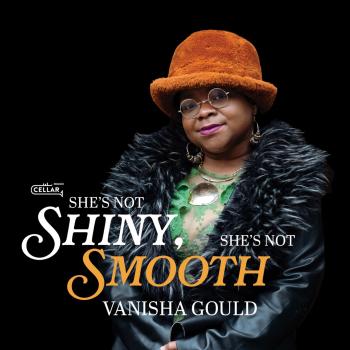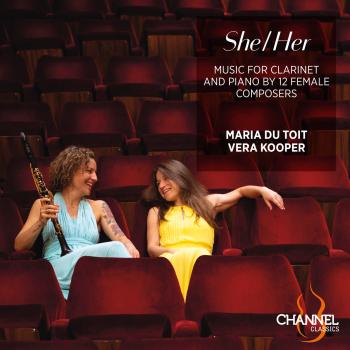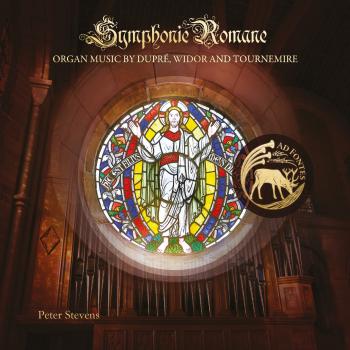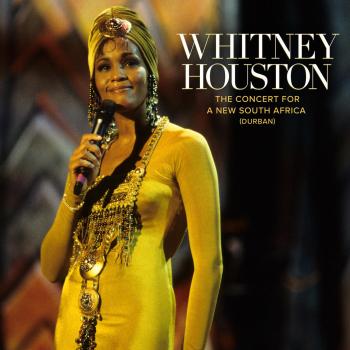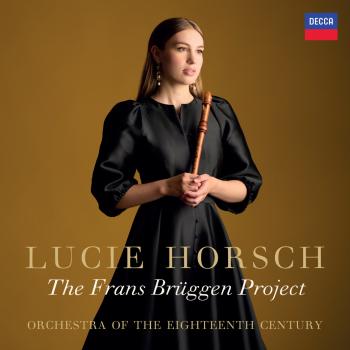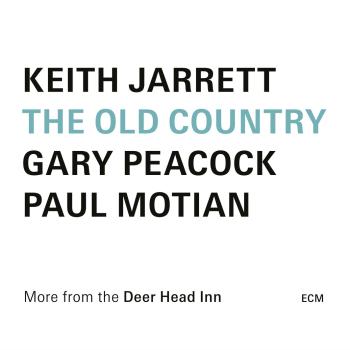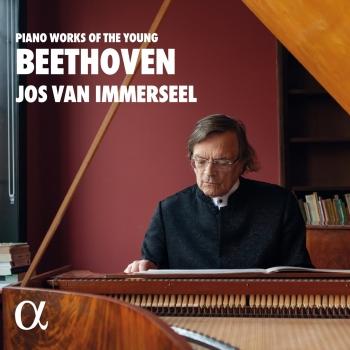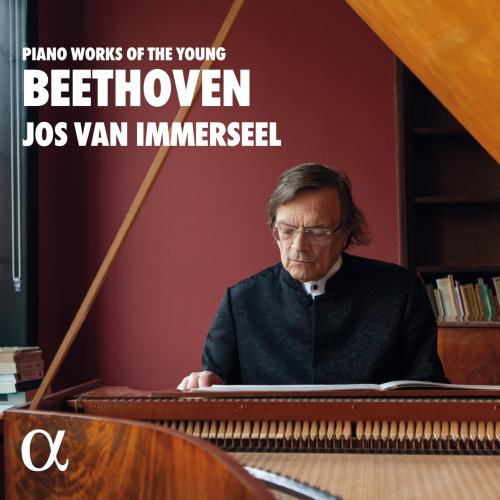
Beethoven: Piano Sonatas Jos Van Immerseel
Album info
Album-Release:
2020
HRA-Release:
05.06.2020
Label: Alpha
Genre: Classical
Subgenre: Instrumental
Artist: Jos Van Immerseel
Composer: Ludwig van Beethoven (1770-1827)
Album including Album cover Booklet (PDF)
- Ludwig van Beethoven (1770 - 1827): Piano Sonata No. 5 in C Minor, Op. 10 No. 1:
- 1 Piano Sonata No. 5 in C Minor, Op. 10 No. 1: I. Allegro molto e con brio 07:13
- 2 Piano Sonata No. 5 in C Minor, Op. 10 No. 1: II. Adagio molto 08:01
- 3 Piano Sonata No. 5 in C Minor, Op. 10 No. 1: Prestissimo 05:34
- Piano Sonata No. 7 in D Major, Op. 10 No. 3:
- 4 Piano Sonata No. 7 in D Major, Op. 10 No. 3: I. Presto 08:57
- 5 Piano Sonata No. 7 in D Major, Op. 10 No. 3: II. Largo e mesto 09:33
- 6 Piano Sonata No. 7 in D Major, Op. 10 No. 3: III. Menuetto (Allegro) 03:15
- 7 Piano Sonata No. 7 in D Major, Op. 10 No. 3: IV. Rondo (Allegro) 05:32
- Alla ingharese in G Major, Op. 129:
- 8 Alla ingharese in G Major, Op. 129 08:11
- Piano Sonata No. 8 in C Minor, Op. 13 "Pathétique":
- 9 Piano Sonata No. 8 in C Minor, Op. 13 "Pathétique": I. Grave (Allegro di molto e con brio) 09:47
- 10 Piano Sonata No. 8 in C Minor, Op. 13 "Pathétique": II. Adagio cantabile 05:44
- 11 Piano Sonata No. 8 in C Minor, Op. 13 "Pathétique": III. Rondo (Allegro) 05:34
- Piano Sonata No. 9 in E Major, Op. 14 No. 1:
- 12 Piano Sonata No. 9 in E Major, Op. 14 No. 1: I. Allegro 08:03
- 13 Piano Sonata No. 9 in E Major, Op. 14 No. 1: II. Allegretto 04:10
- 14 Piano Sonata No. 9 in E Major, Op. 14 No. 1: III. Rondo (Allegro comodo) 04:11
- Piano Sonata No. 10 in G Major, Op. 14 No. 2:
- 15 Piano Sonata No. 10 in G Major, Op. 14 No. 2: I. Allegro 08:08
- 16 Piano Sonata No. 10 in G Major, Op. 14 No. 2: II. Andante 05:46
- 17 Piano Sonata No. 10 in G Major, Op. 14 No. 2: III. Scherzo (Allegro assai) 04:48
- Piano Sonata No. 12 in A-Flat Major, Op. 26 "Funeral March":
- 18 Piano Sonata No. 12 in A-Flat Major, Op. 26 "Funeral March": Marcia funebre sulla morte d'un eroe (Maestoso andante) 06:28
- 19 Piano Sonata No. 14 in C-Sharp Minor, Op. 27 No. 2 "Moonlight": I. Adagio sostenuto 05:58
- 20 Piano Sonata No. 14 in C-Sharp Minor, Op. 27 No. 2 "Moonlight": II. Allegretto 02:38
- 21 Piano Sonata No. 14 in C-Sharp Minor, Op. 27 No. 2 "Moonlight": III. Presto agitato 09:08
- Piano Sonata No. 15 in D Major, Op. 28 "Pastoral":
- 22 Piano Sonata No. 15 in D Major, Op. 28 "Pastoral": I. Allegro 11:11
- 23 Piano Sonata No. 15 in D Major, Op. 28 "Pastoral": II. Andante 06:37
- 24 Piano Sonata No. 15 in D Major, Op. 28 "Pastoral": III. Scherzo (Allegro vivace) 02:50
- 25 Piano Sonata No. 15 in D Major, Op. 28 "Pastoral": IV. Rondo (Allegro ma non troppo) 06:43
- Two Rondos, Op. 51:
- 26 Two Rondos, Op. 51: II. Andante cantabile e grazioso in G Major 11:57
- Piano Sonata No. 18 in E-Flat Major, Op. 31 No. 3:
- 27 Piano Sonata No. 18 in E-Flat Major, Op. 31 No. 3: I. Allegro 10:17
- 28 Piano Sonata No. 18 in E-Flat Major, Op. 31 No. 3: II. Scherzo (Allegro vivace) 06:00
- 29 Piano Sonata No. 18 in E-Flat Major, Op. 31 No. 3: III. Menuetto (Moderato e grazioso) 05:10
- 30 Piano Sonata No. 18 in E-Flat Major, Op. 31 No. 3: IV. Presto con fuoco 06:16
- Andante in F Major, WoO 57:
- 31 Andante in F Major, WoO 57 10:52
Info for Beethoven: Piano Sonatas
A leading authority on the fortepiano, Jos Van Immerseel has devised a programme focusing on the music Beethoven composed for a Viennese piano with a range of five octaves. This includes the finest keyboard music from Beethoven’s early Viennese period, more specifically works written between 1795 and 1804. For this recording, the Flemish pianist has used the composer’s extant autograph manuscripts or the first editions published shortly after composition, as well as the latest critical edition by Jonathan Del Mar (Kassel: Bärenreiter-Verlag, 2017- 18). The writings of Carl Czerny, one of Beethoven’s most important ‘pupils’, were also a significant source of information. With his customary attention to the instrumentarium, Jos Van Immerseel has opted for a five-octave Viennese grand fortepiano by Christopher Clarke, a masterly replica, built in 1988, of an instrument by Walter, whom Beethoven himself selected in 1802 from among the sixty or so Viennese piano makers of the time.
Jos van Immerseel, piano
Jos van Immerseel
was born in Antwerp in 1945. He studied piano (Eugène Traey), organ (Flor Peeters), singing (Lucie Frateur) and direction (Daniel Sternefeld) as well as organology, rhetoric and historical fortepiano (autodidact). His passion for historical keyboard instruments burgeoned after coming into contact with two magnificent instruments at the Antwerp Museum Vleeshuis (Joannes Dulcken – 1747; Conrad Graf – 1826), and with exceptional musicians such as René Jacobs, the Kuijken brothers, Jaap Schröder, Anner Bijlsma, Paul Van Nevel, Guy de Mey and Paul Dombrecht. Reinforced by his fascination for organ and vocal music, these interests naturally guided van Immerseel to the field of early music. Shortly thereafter, he founded his own ensemble (Collegium Musicum, 1964-1968) that experimented with music from the renaissance and the baroque era on period instruments. Still on the same track, Jos van Immerseel embarked upon harpsichord studies with Kenneth Gilbert and carried off the palm at the first edition of the Paris Harpsichord Competition (1973) after a unanimous decision of both the jury and the audience. Van Immerseel turned out to be the only competitor rigorously choosing to play the historical harpsichord, thereby starting a new chapter of the French harpsichord school’s history.
Soloist – chamber musician – conductor – professor: Today, he is recognized worldwide as a remarkable soloist and performs in the most prestigious concert halls worldwide. He is renowned as a chamber musician too, performing regularly with musical companions as Claire Chevallier (piano), Chouchane Siranossian (violin), Lisa Shklyaver (clarinet) and Thomas Bauer (baritone).
Van Immerseel has built up a parallel career as a conductor. Specialised at first in baroque repertoire (with the landmark performances of Monteverdi’s Orfeo in 1977 as one of many highlights), he shifted his interests to other periods, times and places – culminating in projects with music by Liszt, Poulenc and Gershwin. As a guest conductor he worked with the Radio-Kamerorkest, the Nederlands Kamerorkest, Nederlands Kamerkoor, Akademie für Alte Musik Berlin, Wiener Akademie, Budapest Festival Orchestra, Tafelmusik Toronto, the Mozarteum Salzburg and Musica Florea Prague. But since 1987 Jos van Immerseel’s name is mentioned in one breath with that of Anima Eterna Brugge: the period orchestra that was established as a musical laboratory, and in the meantime can boast upon a track record of 25 years and a legendary status that rivals that of its founder.
Jos van Immerseel has taught at music institutes around the world: from 1982 to 1985 he joined Ton de Leeuw as an artistic director at the Sweelinck Conservatorium Amsterdam, he was professor at the Conservatoire National Supérieure in Paris and visiting professor at the Schola Cantorum Basiliensis, the Kunitachi-University Tokio and the Indiana University Bloomington. He conducts masterclasses from Weimar to Fukuoka and has recently initiated an Anima Eterna Brugge Master Class Series in Bruges.
Residences – recordings: As even the most eager of travellers need a place to come home to, Jos van Immerseel and Anima cherish their structural partners: the Concertgebouw Brugge – where they have been in residence since 2003 – , the Opéra de Dijon, that hosts the orchestra as ‘ensemble associé’, and Beethovenfest Bonn, where the orchestra will take up its residency from 2015 onwards. Testifying to van Immerseel’s impressive career, is a back catalogue comprising more than 100 recordings – exclusively and solely on or with period instruments – with labels as Accent, Channel Classics, Sony and – as from 2015 – Outhere Music (Alpha). Recent releases include a live-recording of Carl Orff’s Carmina Burana and symphonic masterpieces by Dvořák and Janáček. At the occasion of van Immerseel’s special birthday celebration in 2015, two CD boxes have been compiled as well: the Schubertiade, consisting of vocal/instrumental chamber music, and an orchestral anthology of previously released French repertoire (Debussy, Ravel, Poulenc). Among the many awards won by van Immerseel and his orchestra are the Diaposon d’Or, Le Choc du Monde de la Musique and FFFF de Télérama; on a personal level, he was granted the price of the Musikfest Bremen for his outstanding career.
Music first – instruments: Musician, conductor, researcher, teacher: Jos van Immerseel lives and breathes music, always walking the line that connects musicological theory with musical praxis. No doctrine of ‘authentic performance practice’ here, but a logical approach that uses the composer’s artistic vocabulary as the foundation of a present-day reading. Of equal importance in van Immerseel’s view, are the instruments at the disposal of a composer: they convey a wealth of information concerning style, tempi, dynamics, acoustics and balance. Small wonder that a unique collection of instruments figures at the core of his activities: an exquisite selection of keyboard instruments, spanning more than 3 centuries and a wide range of types and variants – from clavichord to Hammond organ. As do autograph manuscripts, original editions and other primary sources, they guide van Immerseel to the immediate vicinity of a composer and his music: a necessary premise without compromise.
Booklet for Beethoven: Piano Sonatas

